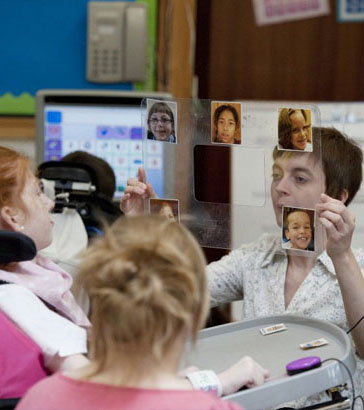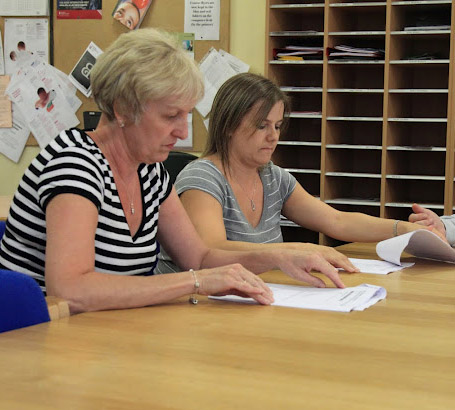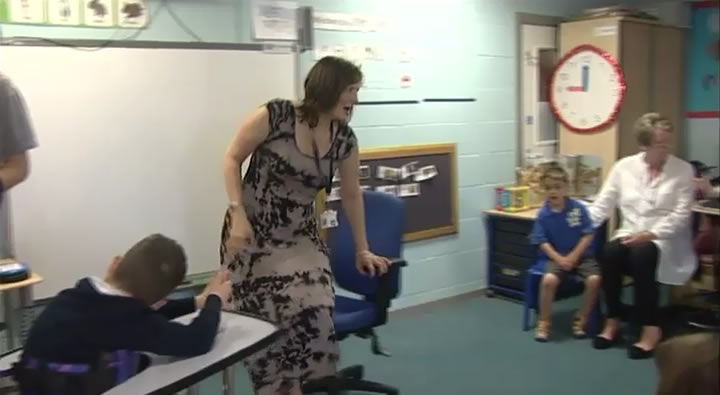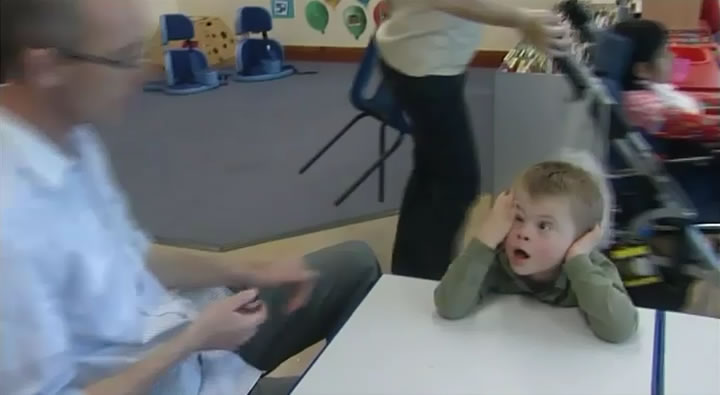
Routines may be short, eg forming the start and end to an activity, or extend over a whole day. With consistent use, over time, a child may begin to anticipate what will happen.
Cues can be used to give structure to short-term and long-term activities, eg a hello and goodbye song or a song before lunch.
Watch this video clip in which Clare, an early years teacher in a special school, explains how routine helps the pupils in her class to feel confident and helps them to develop skills.

Think about using multi-sensory cues in signposting a routine:
- Movement – a seating arrangement.
- Visually – use of objects, a miniature object, photographs, pictures and sequencing into a visual timetable.
- Smell – the chlorine of the swimming pool or a spray for a particular day of the week.
- Tactile – feeling an object associated with a particular experience.
- Auditory – playing softly a particular background music, using certain key words.

Providing clear and consistent markers for the start and end of an experience can help a child with learning difficulties to:
- Make sense of their world by distinguishing one experience from a torrent of sensory bombardment;
- Learn to predict and anticipate, eg touching a child on the same arm before lifting;
- Be less anxious and develop trust in others; and
- Move smoothly from one activity to another.
Watch this video clip in which Keith, a teacher, uses a small cricket ball to indicate to Edward that it is time to go outside.

What are the strengths?
Are there areas that could be improved?
Make an action plan and discuss with colleagues how it might be implemented.
Evaluate the changes you make in terms of improvements in opportunities for communication.

